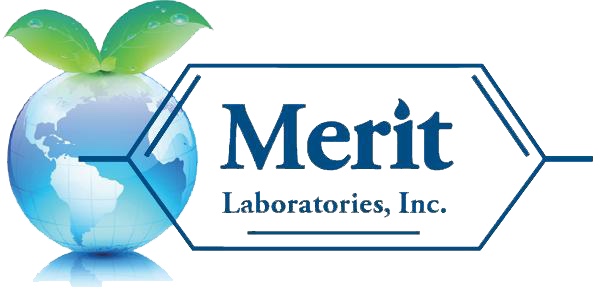The State of Michigan formally adopted a strict set of requirements regulating PFAS in drinking water. The Michigan EGLE announced the adoption of the new maximum contaminant levels (MCLs), which will go into effect on August 3, 2020.
The establishment of enforceable MCLs for PFAS compounds will require compliance with the Safe Drinking Water Act (SDWA). Now they are adopted, the PFAS drinking water MCLs replace the current groundwater cleanup standard of 70 ppt for PFOA and PFOS.
The MCLs for seven PFAS compounds include:
PFOA: 8 ng/L (ppt)
PFOS: 16 ng/L (ppt)
PFNA: 6 ng/L (ppt)
PFHxS: 51 ng/L (ppt)
PFBS: 420 ng/L (ppt)
GenX: 370 ng/L (ppt)
PFHxA: 400,000 ng/L (ppt)
Last fall the stage was set for the PFAS MCLs when the Michigan PFAS Action Response Team (MPART) formally recommended to move forward with establishing draft MCLs for PFAS compounds in drinking water. The MPART board recommended the health-based MCLs for seven PFAS compounds, which were officially adopted this month.
According to the EGLE, “the new drinking water and groundwater standards will also result in 42 new sites being added into MPART’s portfolio of ongoing PFAS investigations. Half of the new sites are landfills and more than a dozen are former plating or manufacturing sites. Many sites are also the subject of ongoing EGLE investigations into other forms of contamination. Summaries of the new sites will be posted on the MPART web site after the rules become official. Additionally, MPART will schedule a series of regional webinars to provide more information regarding next steps in the state’s investigation into PFAS contamination at these sites.”
EGLE also said that “additional investigations may also be pursued based on monitoring data required of public water systems under the new rules. Roughly 30 public water systems were found to have total PFAS results of 10 ppt or higher during MPART’s 2018 statewide sampling program and ongoing surveys. Compliance with the new standards at those systems and others will be determined based on a running annual average of sample results. Investigations near the public water systems with PFAS detections will be prioritized for further assessment and sampling by EGLE to determine potential PFAS sources and any potential risk to both public and private drinking water.”
Merit is a leading national PFAS environmental laboratory, analyzing drinking water, soil, wastewater, groundwater, and other sample matrices, including biosolids and sludge. Analytical methods performed by Merit for PFAS include drinking water by EPA 533, EPA 537.1, and EPA 537 rev. 1.1 and soil, wastewater, groundwater, and surface water by ASTM D7979 with Isotopic Dilution.

